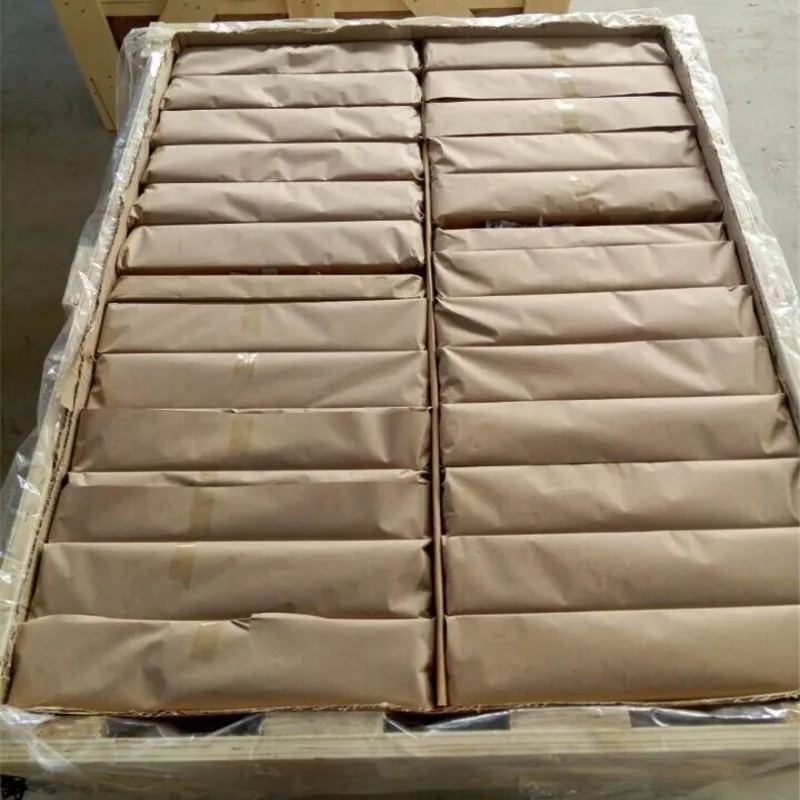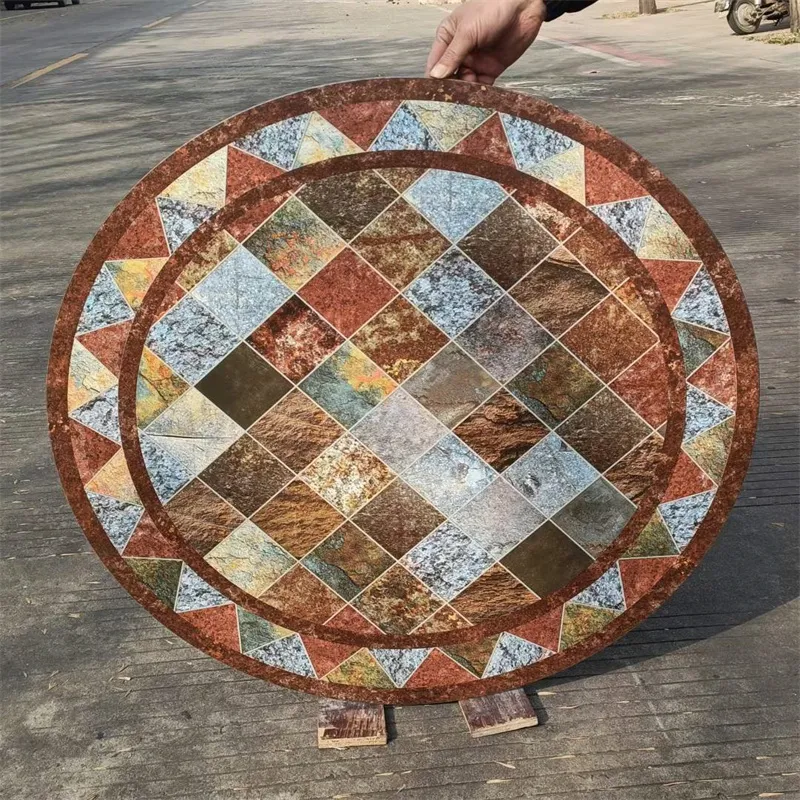Sep . 04, 2024 14:25 Back to list
low emissivity glass meaning
Understanding Low Emissivity Glass Meaning, Benefits, and Applications
Low emissivity glass, often referred to as Low-E glass, has become a popular choice in modern architecture and energy-efficient construction. But what exactly does low emissivity mean, and why is this type of glass vital in our quest for sustainability and energy conservation?
Understanding Low Emissivity Glass Meaning, Benefits, and Applications
One of the primary benefits of low emissivity glass is its energy efficiency. Traditional windows can account for a significant portion of heat loss in buildings, particularly during winter months. By using Low-E glass, homeowners and builders can dramatically reduce heating costs. The glass maintains the warmth inside during colder months and keeps it cool during the summer by reflecting heat from the sun. This results in a more stable indoor temperature and lower reliance on heating and cooling systems, which translates to reduced energy bills and a smaller carbon footprint.
low emissivity glass meaning

In addition to energy savings, low emissivity glass provides enhanced comfort. By minimizing heat transfer, it helps maintain consistent indoor temperatures, reducing cold spots near windows and eliminating the discomfort often associated with drafts. Furthermore, Low-E glass helps to block harmful UV rays that can fade furniture, artwork, and flooring, thereby extending the life of interior furnishings. This protection is particularly valuable in spaces with large windows or significant exposure to sunlight.
The applications of low emissivity glass are diverse. It is widely used in residential homes, commercial buildings, and even in vehicles. In homes, Low-E glass is commonly employed for windows and doors, improving energy efficiency while enhancing aesthetics. In commercial buildings, it contributes to LEED (Leadership in Energy and Environmental Design) certification, a desirable attribute for businesses aiming for sustainability. Additionally, automotive manufacturers use Low-E coatings in car windows to enhance passenger comfort and reduce reliance on air conditioning systems.
Despite its numerous advantages, there are some considerations to keep in mind when using low emissivity glass. The performance of Low-E glass can vary based on the specific coating used and the climate in which it is installed. Therefore, it is essential for homeowners and builders to consult with experts to select the appropriate type of Low-E glass for their specific needs.
In conclusion, low emissivity glass represents a significant advancement in building materials, offering a blend of energy efficiency, comfort, and UV protection. As the world continues to grapple with the effects of climate change and rising energy costs, the adoption of Low-E glass could play a crucial role in creating more sustainable living and working environments. By understanding its meaning and benefits, individuals and businesses can make informed decisions that contribute to a greener future.
-
Safety and Style with Premium Laminated Glass Solutions
NewsJun.24,2025
-
Reinvents Security with Premium Wired Glass
NewsJun.24,2025
-
Premium Float Glass Line for Modern Architecture
NewsJun.24,2025
-
Low Emissivity Glass for Energy-Efficient Architecture
NewsJun.24,2025
-
High-Performance Insulated Glass Solutions for Modern Architecture
NewsJun.24,2025
-
Elevates Interior Style with Premium Silver Mirror
NewsJun.24,2025
Related PRODUCTS














